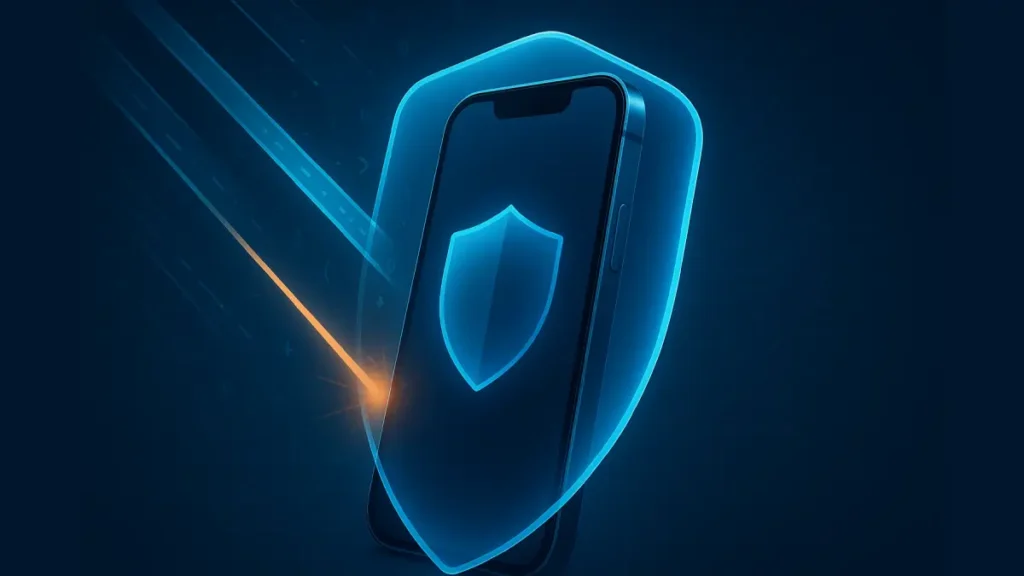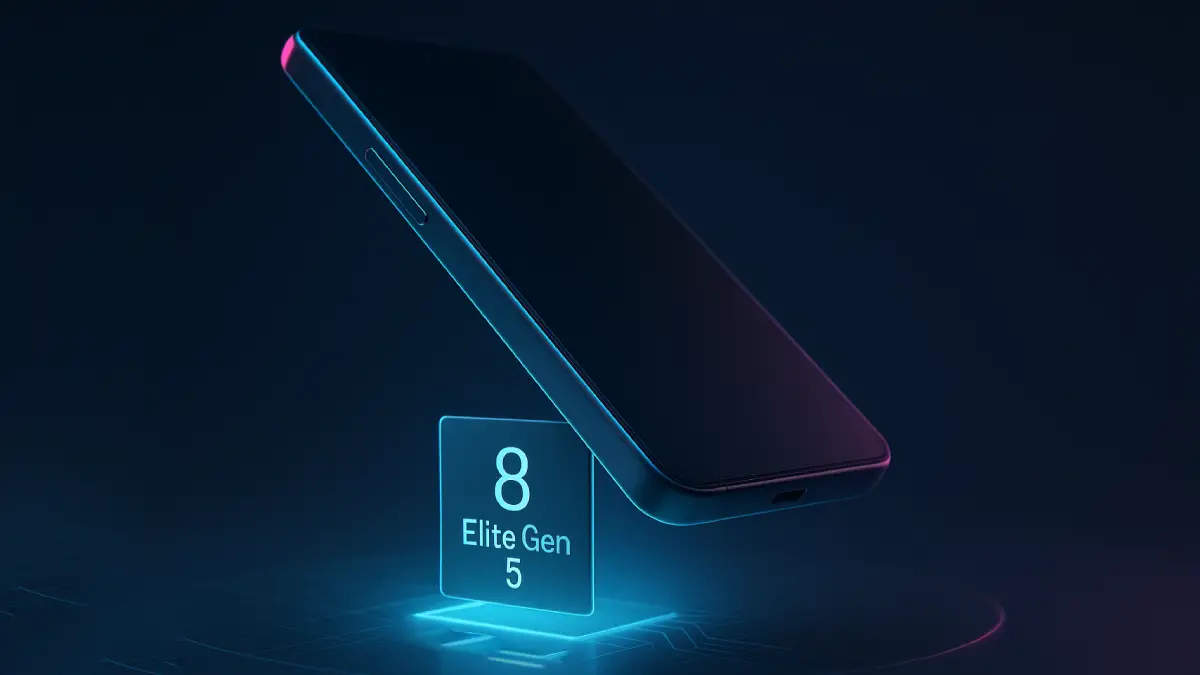Apple has escalated the fight against mercenary spyware with default, system-level defenses designed to blunt zero-click, memory-corruption attacks associated with Pegasus-class tooling. The shift reframes iPhone security from reactive patching and opt-in modes to an always-on posture that raises attacker costs and shortens campaign shelf life.

The spyware threat layer
Pegasus represents a mature commercial spyware model built on zero-day, zero-click exploit chains that silently compromise devices. Its operational history against journalists, activists, and officials shows both technical depth and geopolitical consequences, with implants designed for stealthy data exfiltration and sensor access.
Apple’s security stack shift
Beyond sandboxing, code signing, and pointer authentication, Apple is moving toward default memory integrity enforcement to disrupt entire exploit classes. This aims to make common primitives like use-after-free and out-of-bounds writes harder to weaponize reliably, increasing crash risk and development costs.
Silicon and OS co-design
The new posture fuses OS-level controls with silicon capabilities to enforce memory safety checks across kernel and key services. Packaging these protections as default rather than opt-in changes attacker calculus across the entire fleet, not just among high-risk users.
Threat intel and notification cadence
Apple has ramped targeted threat notifications in coordination with national authorities, providing victims actionable warnings. These notices double as strategic signals that disrupt operators while rapid update cycles close active exploitation windows.
Ecosystem ripple effects
- Supply chain pressure: Default memory integrity forces exploit brokers toward rarer chains, baseband or peripheral vectors, and non-memory logic flaws.
- Platform competition: Always-on hardening becomes a market baseline, pushing peers toward similar defaults and aligning with consumer safety expectations.
- Civil society capacity: Default protections complement specialized tools like strict-reduction modes for the most exposed personas.
The policy and legal chessboard
Balancing legal action with operational secrecy is a strategic dilemma: litigation can set norms, yet discovery risks revealing detection tradecraft. Prioritizing protective opacity can preserve defensive advantage against adaptive adversaries.
What improves, what breaks
- Likely gains: Reduced reliability of zero-click chains on latest devices, more brittle exploits, higher development costs, and shorter viable windows.
- Residual risks: Older hardware, delayed patching, and shifts to account takeover, supply-chain compromise, or baseband and peripheral attack surfaces.
Signals from early coverage
Early reporting frames the change as Apple’s most consequential iPhone security upgrade in years, oriented explicitly at Pegasus-style threats. The positioning emphasizes default protection on new hardware generations rather than niche modes.
Practical implications for organizations
- Asset strategy: Refresh at-risk roles to devices with the new memory integrity protections; pair with strict-reduction modes for the most sensitive users.
- Patch velocity: Maintain rapid iOS update SLAs to minimize dwell time of active campaigns.
- Detection posture: Treat threat notifications as IR triggers; prepare mobile forensics playbooks and account reset protocols acknowledging ephemeral implants.
Second-order effects
Raising exploit costs can consolidate the mercenary market around fewer, pricier vendors and redirect targeting toward legacy devices. Public notifications and fast patching increase operational friction, pushing operators toward lower-yield but quieter techniques.
Bottom line
By making memory integrity a default property rather than an optional defense, Apple is attempting to change the economics of Pegasus-style operations at scale. It won’t end mercenary spyware, but it meaningfully raises the bar—especially when combined with fast patching and disciplined incident response.




